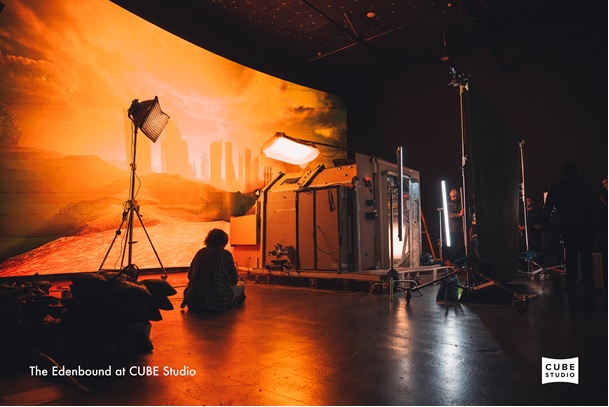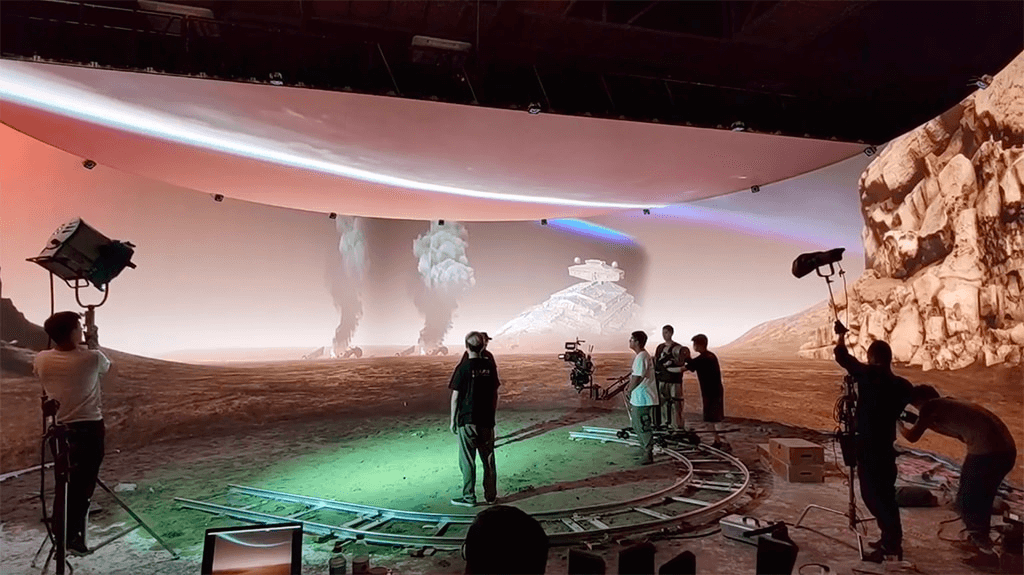The tech world is buzzing with anticipation as Apple gears up to launch an affordable successor to its groundbreaking Vision Pro mixed reality headset. While many were hoping for a budget-friendly option, reports suggest that this new model may not be as cheap as initially expected. In this article, we’ll delve into the details and explore what Apple’s next move means for consumers.
1. A Shift in Pricing Strategy
Apple, known for its premium pricing, appears to be reevaluating its strategy. Bloomberg’s Mark Gurman, in his ‘Power On’ newsletter, hints that the more affordable Vision Pro successor is expected to be priced between $1,500 and $2,500. While this may not qualify as cheap in the traditional sense, it is a considerable shift for the tech giant.
2. Sacrificing External Display
One of the key factors influencing the lower price point is the omission of an external display. By forgoing this feature, Apple aims to keep the cost within the affordable range. This decision, however, comes with consequences.
READ MORE: Apple Next-Gen iPads: What to Expect
3. The EyeSight Exclusive
The Vision Pro’s standout feature, EyeSight, enables real-time eye renderings, enhancing interactions by allowing wearers to make eye contact during conversations. With the omission of the external display, EyeSight will be exclusive to the pricier models, adding a layer of exclusivity to the higher-end products.
4. iPhone-Grade Chip
To keep costs down, the budget-friendly Vision Pro successor is rumored to be powered by an iPhone-grade chip. While this might raise concerns about performance, Apple’s track record with its in-house chips is impressive. The real question is whether it can deliver a high-quality software experience at a lower price point.
5. Fewer Cameras and Lower-Resolution Screens
In addition to the chip downgrade, the budget model is expected to feature fewer cameras and lower-resolution screens. These modifications are part of Apple’s strategy to balance price and performance.
6. Impact on AR Glasses Project
Apple’s decision to prioritize the affordable Vision Pro successor has had repercussions on its AR glasses project. Resources that would have otherwise gone into the technically intricate AR glasses have been allocated to the mixed reality headset.
7. The Appeal of a $1,500 Price Tag
While the $1,500 to $2,500 price range may not be “cheap” in the traditional sense, it is undoubtedly more appealing than the original $3,500 price tag of the Vision Pro. The success of this move will depend on whether Apple can maintain a high-quality user experience with the new hardware.
Conclusion
In conclusion, Apple’s decision to release a more affordable Vision Pro successor is a significant shift in its pricing strategy. While it may not be as budget-friendly as some had hoped, it opens up the world of mixed reality to a broader audience. By sacrificing some features and incorporating a lower-priced chip, Apple aims to make cutting-edge technology more accessible.
This move does come with trade-offs, such as the exclusion of EyeSight from the budget model. Nevertheless, it will be intriguing to see how consumers respond to this pricing strategy shift.




